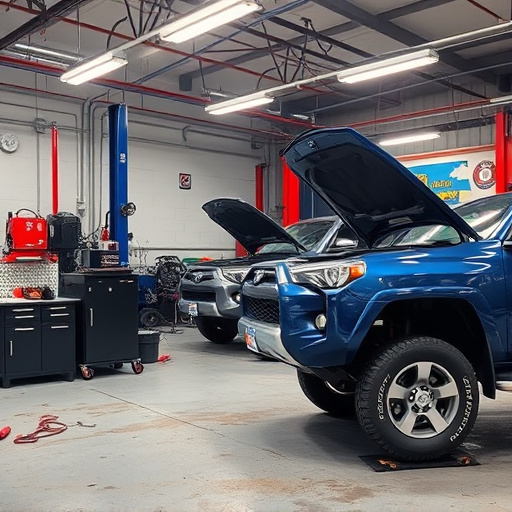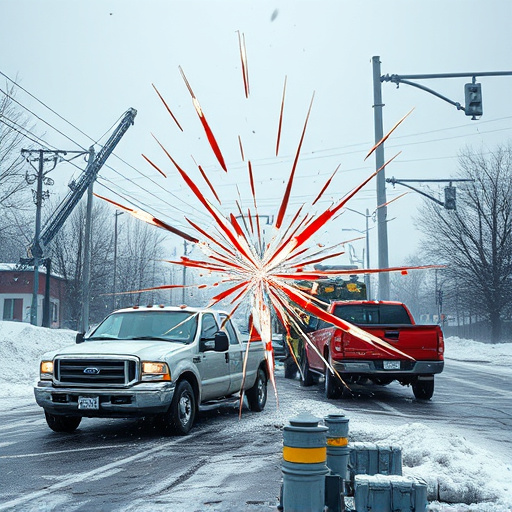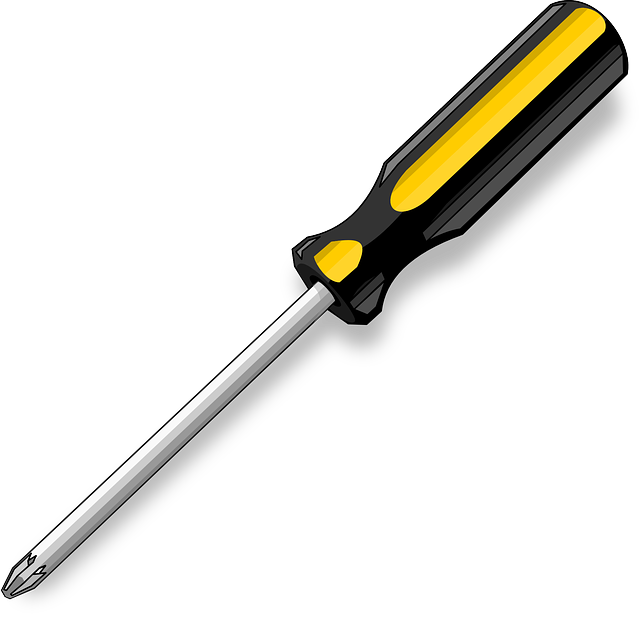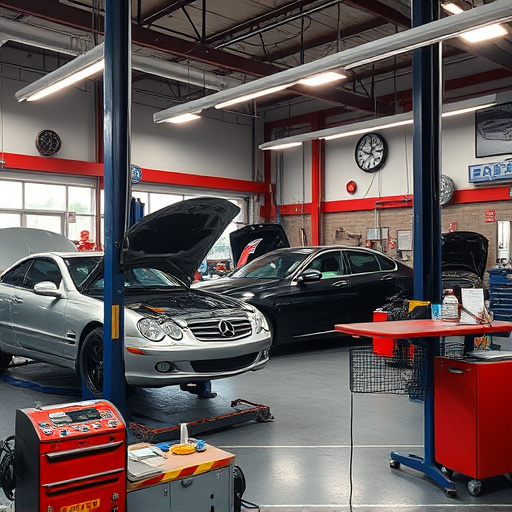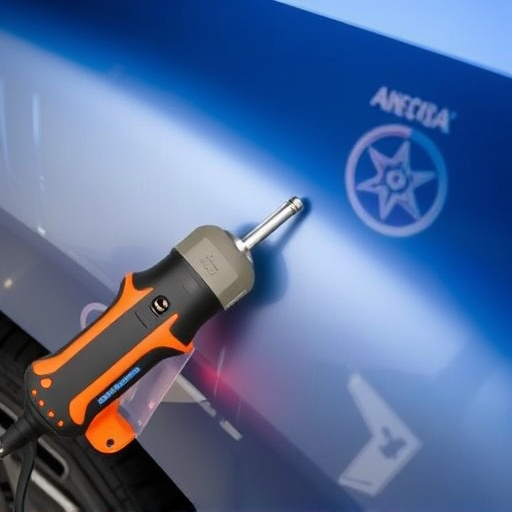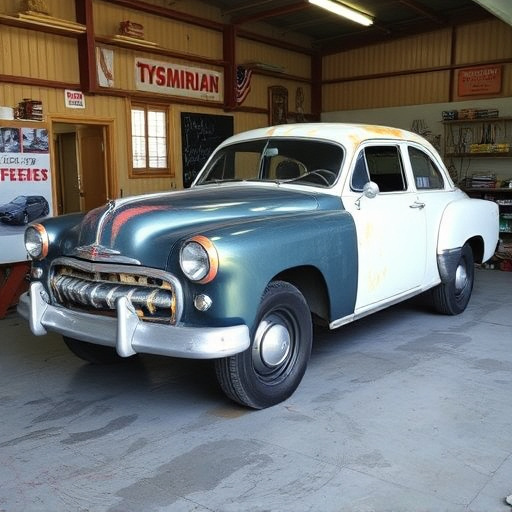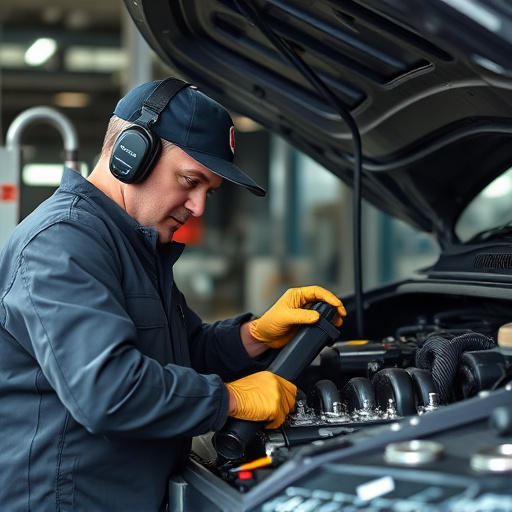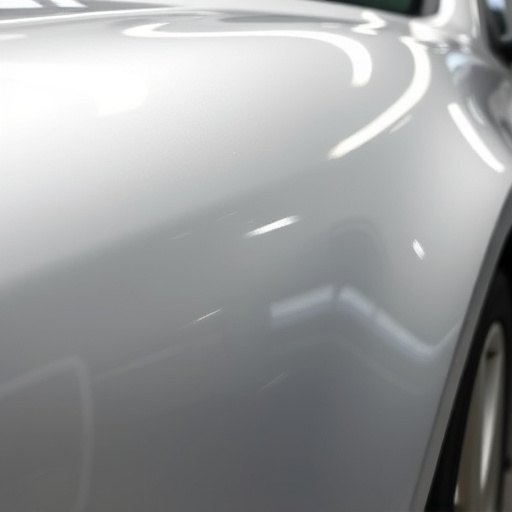Corrosion, driven by moisture and oxygen, causes metal degradation, notably affecting vehicles as rust. This not only harms aesthetics but also weakens structural components, leading to costly repairs or replacements. Effective corrosion protection, achieved through surface treatment, regular inspection, and specialized painting services, extends vehicle lifespans, promotes sustainable maintenance, enhances safety, and reduces environmental impact. Modern auto shops incorporate corrosion protection techniques in services like bumper repair, aligning with global efforts to preserve natural resources and lower carbon footprints. These practices reduce waste generation, conserve resources, and provide cost-effective upkeep by preventing rust and decay.
Corrosion, an insidious enemy of vehicles, can lead to significant structural damage and reduced performance. Understanding how corrosion affects every aspect from frames to electrical systems is crucial for embracing sustainable vehicle maintenance. This article explores the vital role of corrosion protection as a key strategy in eco-friendly practices. Discover how innovative solutions not only safeguard vehicles but also contribute to long-term environmental benefits, ensuring a greener future on the roads.
- Understanding Corrosion and Its Impact on Vehicles
- The Role of Corrosion Protection in Sustainable Practices
- Long-Term Benefits for Eco-Friendly Vehicle Maintenance
Understanding Corrosion and Its Impact on Vehicles
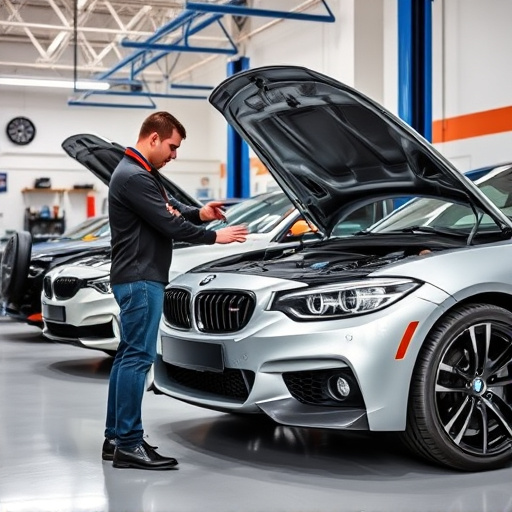
Corrosion is a natural process that occurs when metals are exposed to moisture and oxygen, leading to the degradation of their structural integrity. In vehicles, this manifests as rust, which can cause significant damage if left unchecked. The impact of corrosion extends beyond aesthetics; it weakens essential components, affecting performance and safety. Over time, corrosion can lead to costly repairs or even render parts obsolete, making them difficult to replace. This is particularly concerning for older vehicles or those in regions with harsh climates where exposure to salt water, acidic rain, and extreme temperatures is common.
Implementing effective corrosion protection measures is pivotal in mitigating these issues. It involves a multi-faceted approach, from surface treatment and coating to regular inspection and maintenance. Auto body painting and restoration services play a crucial role here, offering specialized solutions tailored to different metal types and environmental conditions. By investing in corrosion protection, vehicle owners not only extend the lifespan of their cars but also contribute to sustainable maintenance practices, ensuring that their vehicles remain reliable, safe, and environmentally friendly for longer periods.
The Role of Corrosion Protection in Sustainable Practices

Corrosion protection plays a pivotal role in supporting sustainable vehicle maintenance practices. By safeguarding various automotive components from rust and decay, it extends the lifespan of vehicles, reducing the need for frequent replacements. This not only minimizes waste but also conserves natural resources required for manufacturing new parts, such as metal and glass, which is particularly relevant when considering services like auto body shop repairs or auto glass repair.
In an effort to promote sustainability, many modern auto shops now offer bumper repair services that focus on corrosion protection techniques. By repairing instead of replacing damaged bumpers, these shops not only reduce waste but also contribute to lowering the carbon footprint associated with vehicle maintenance and manufacturing processes. This holistic approach ensures that vehicles remain in optimal condition while preserving the environment for future generations.
Long-Term Benefits for Eco-Friendly Vehicle Maintenance
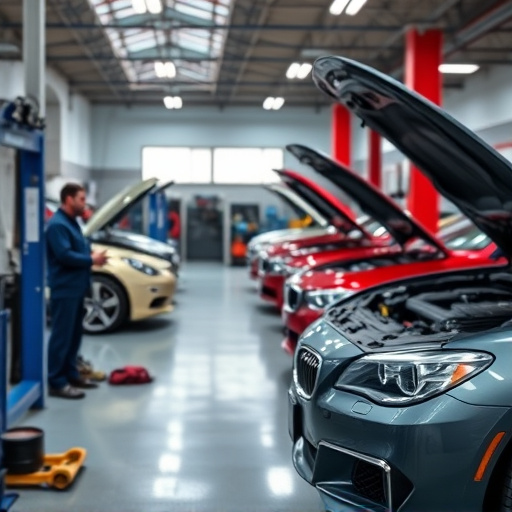
Implementing corrosion protection measures offers long-term benefits for eco-friendly vehicle maintenance. By safeguarding the vehicle’s structural integrity, these protective coatings and treatments can extend the lifespan of both the vehicle and its components, reducing the need for frequent replacements. This, in turn, minimizes waste generation and conserves natural resources, aligning with sustainability goals.
Moreover, corrosion protection contributes to cost-effective vehicle upkeep. By preventing rust and decay, it reduces the financial burden associated with extensive repairs or even complete vehicle replacement. For example, a well-maintained vehicle may benefit from paintless dent repair techniques, which restore the vehicle bodywork without the need for traditional repainting, further enhancing its longevity and ecological value.
Corrosion protection plays a pivotal role in sustainable vehicle maintenance, addressing a key challenge that impacts both environmental health and economic viability. By understanding the detrimental effects of corrosion on vehicles and adopting effective corrosion protection strategies, auto industry professionals can significantly extend the lifespan of components, reduce waste, and minimize the environmental footprint associated with frequent replacements. The long-term benefits of these eco-friendly practices include cost savings, less reliance on finite resources, and a smaller carbon footprint, ultimately contributing to a greener future for both the automotive sector and our planet.


